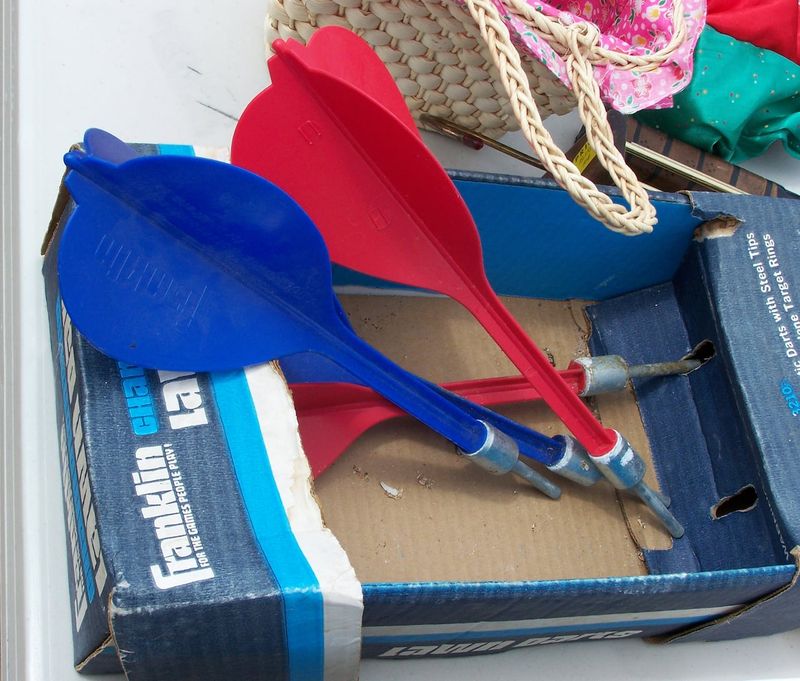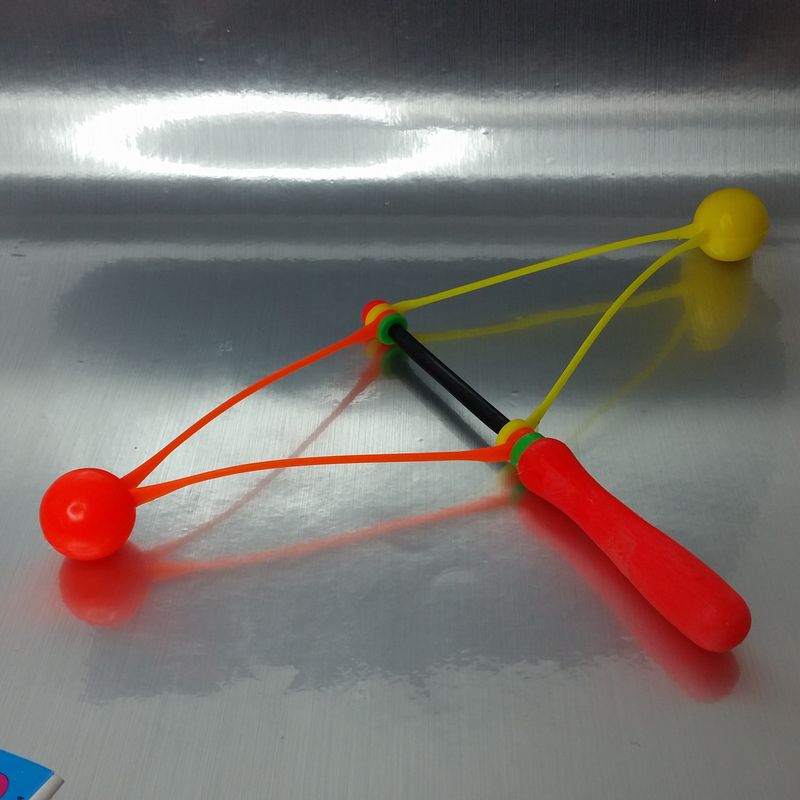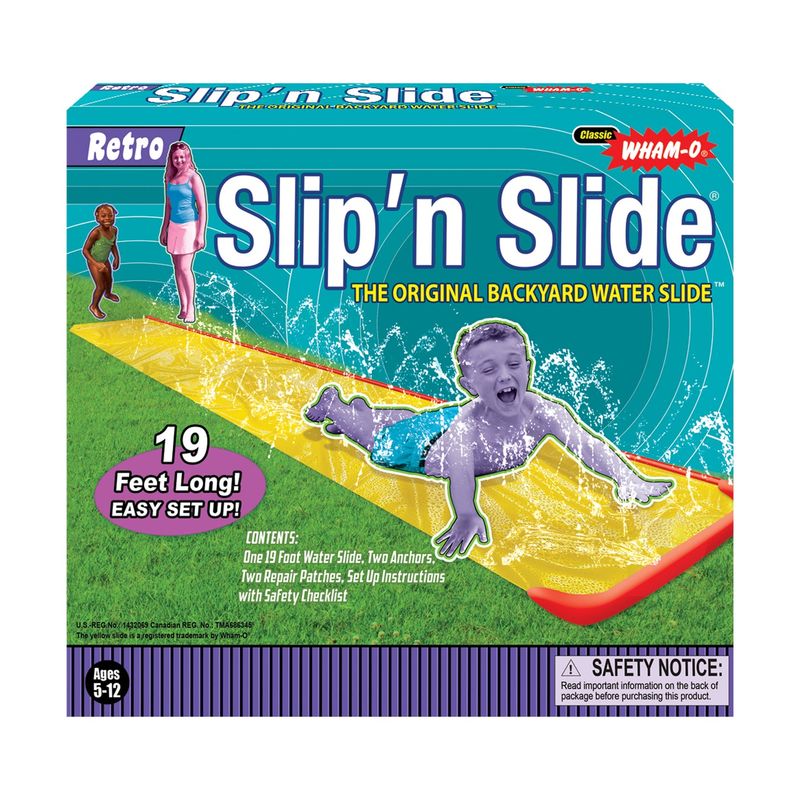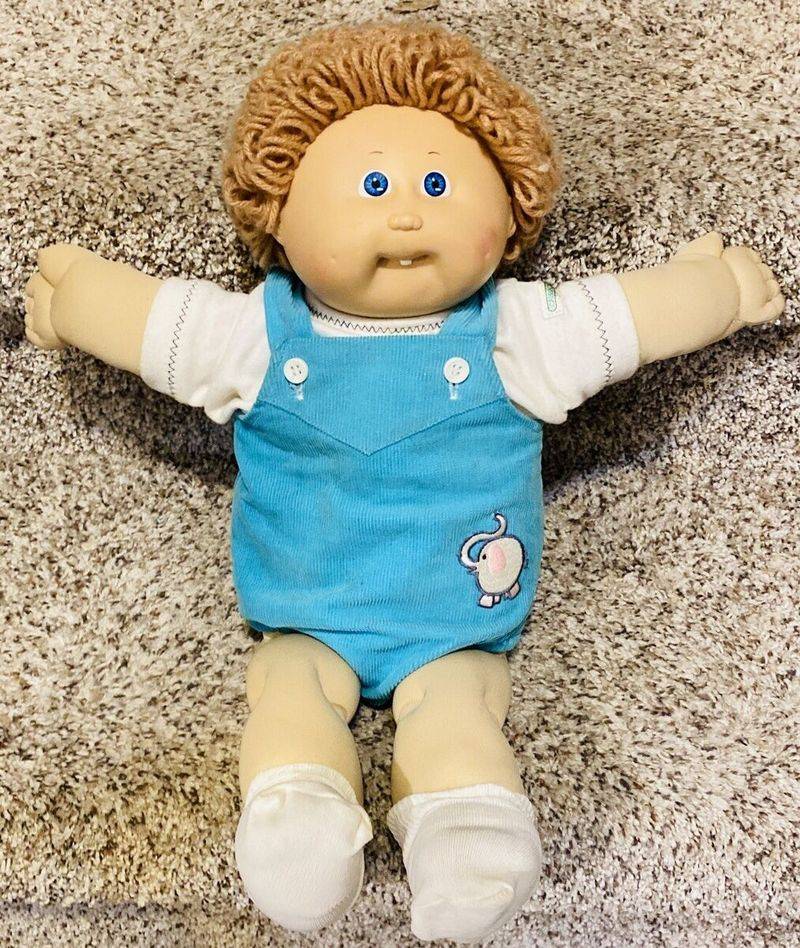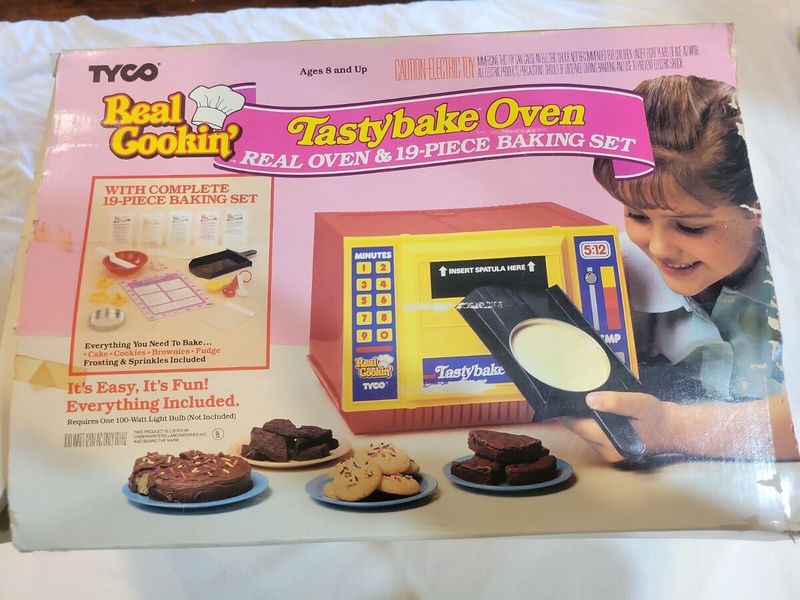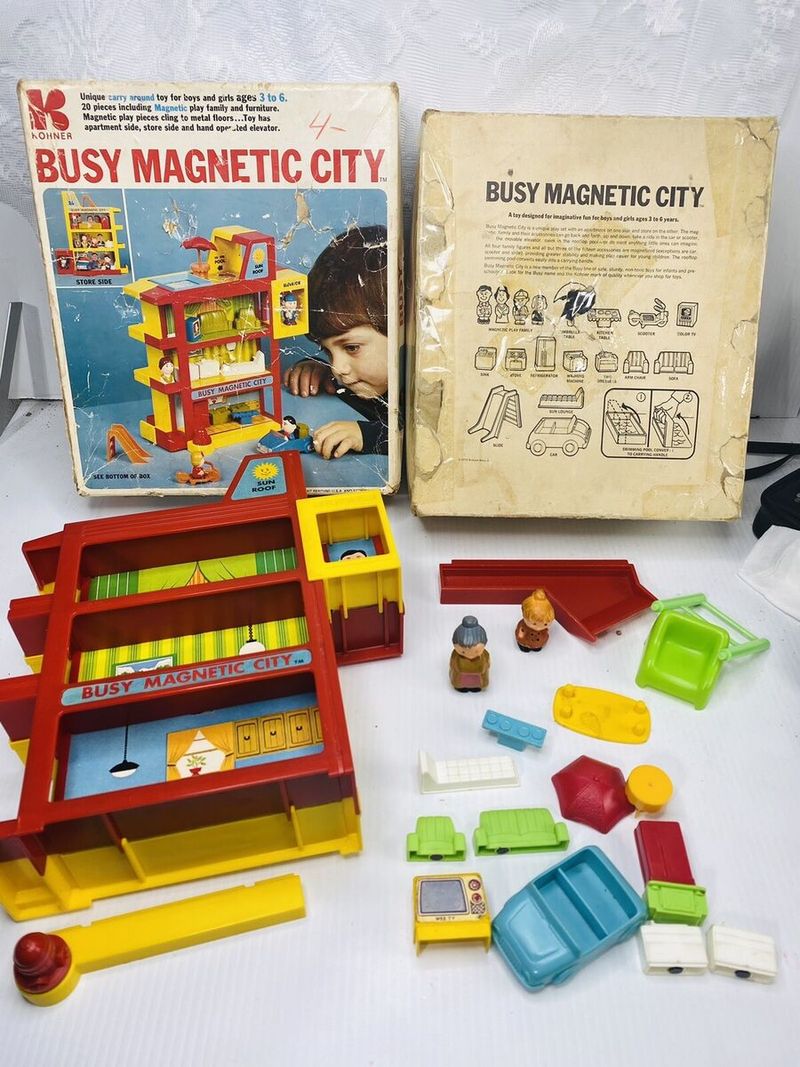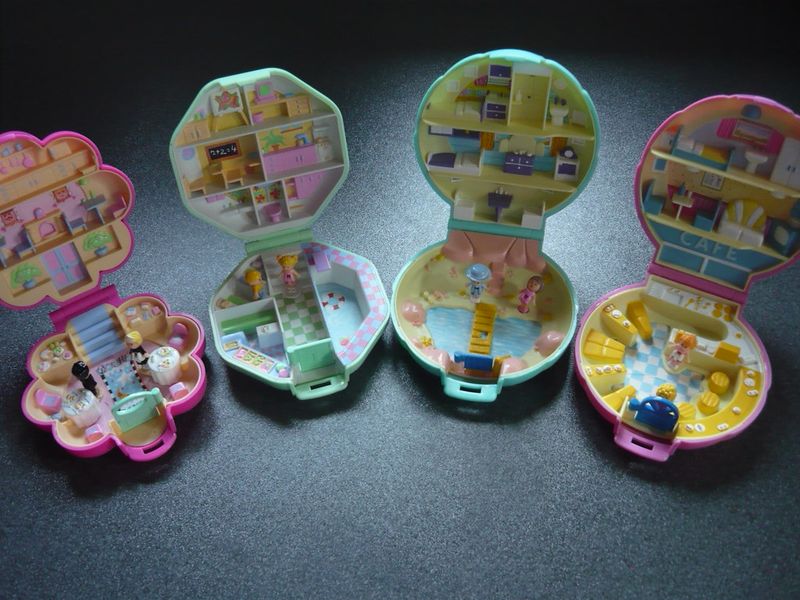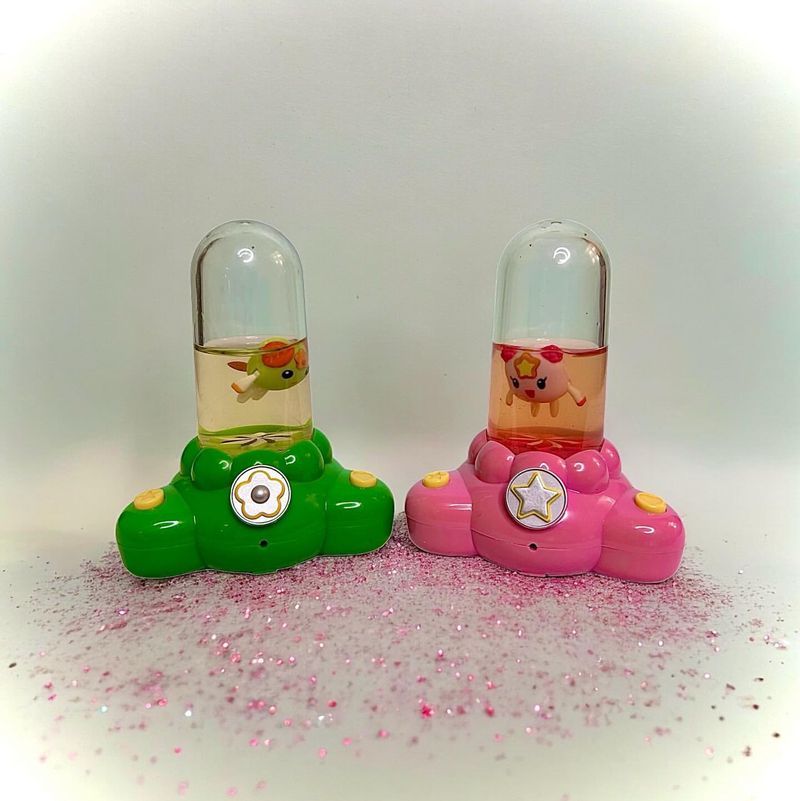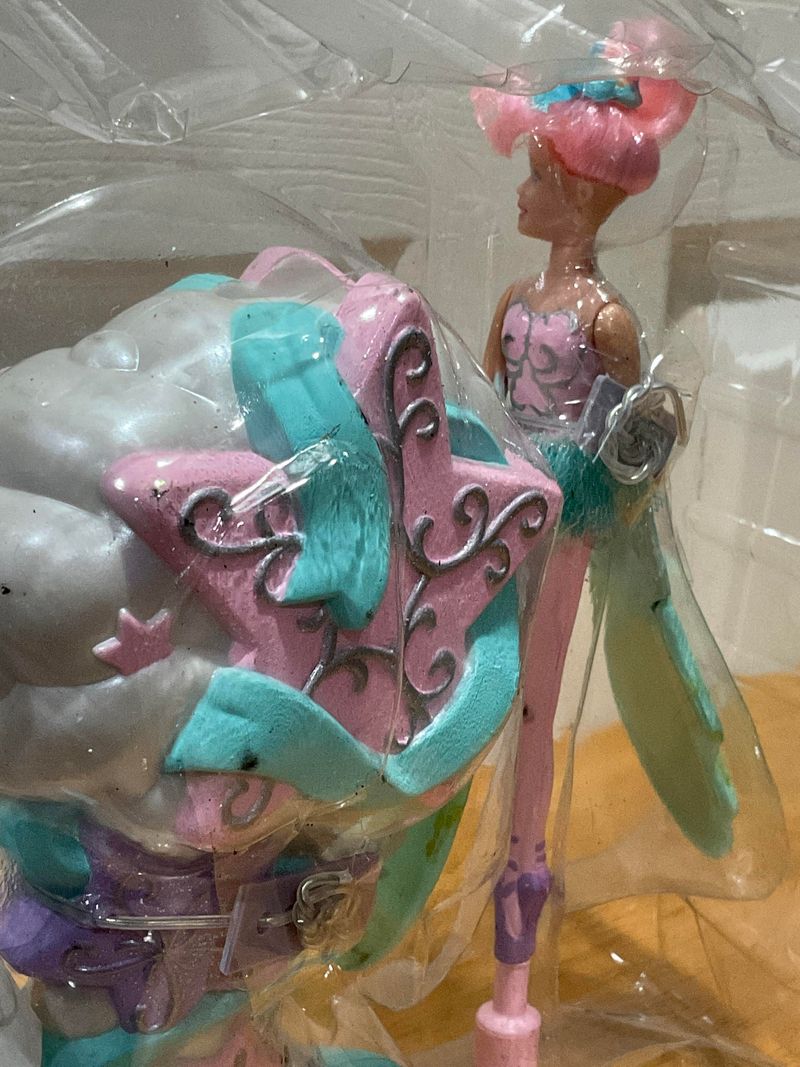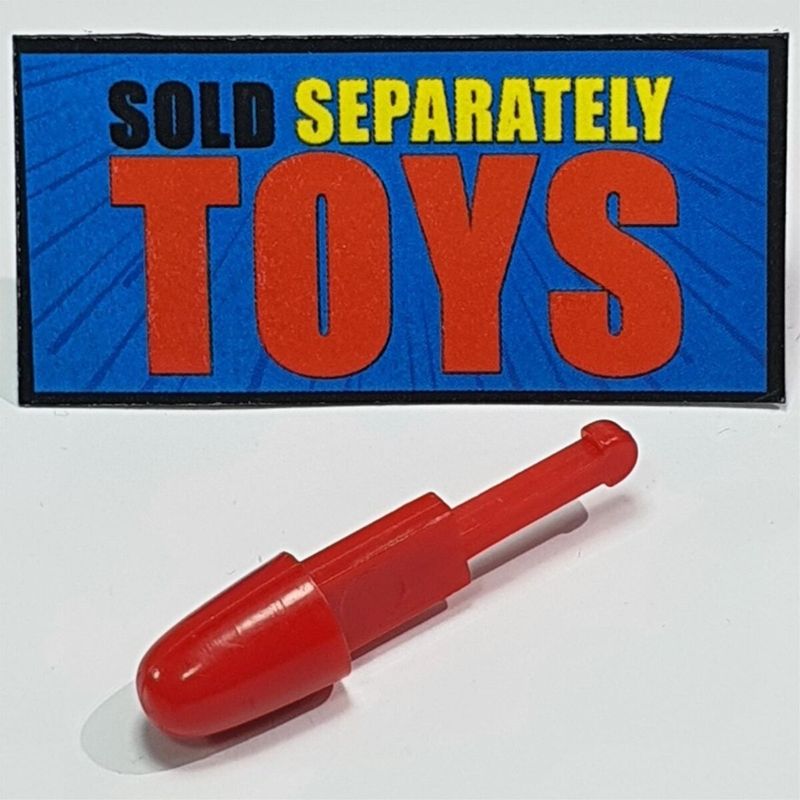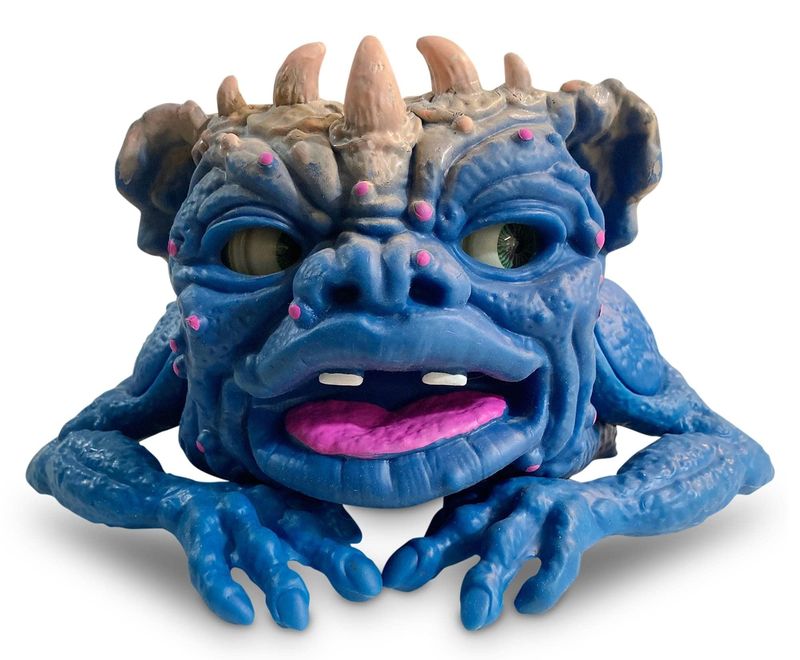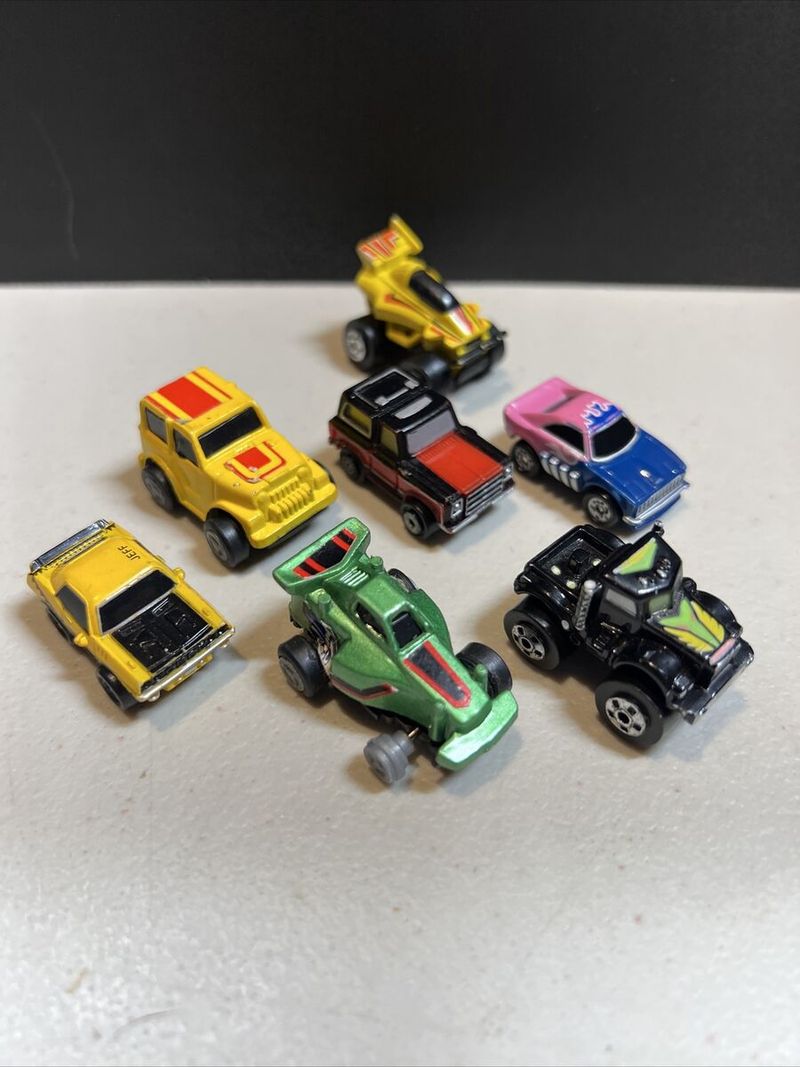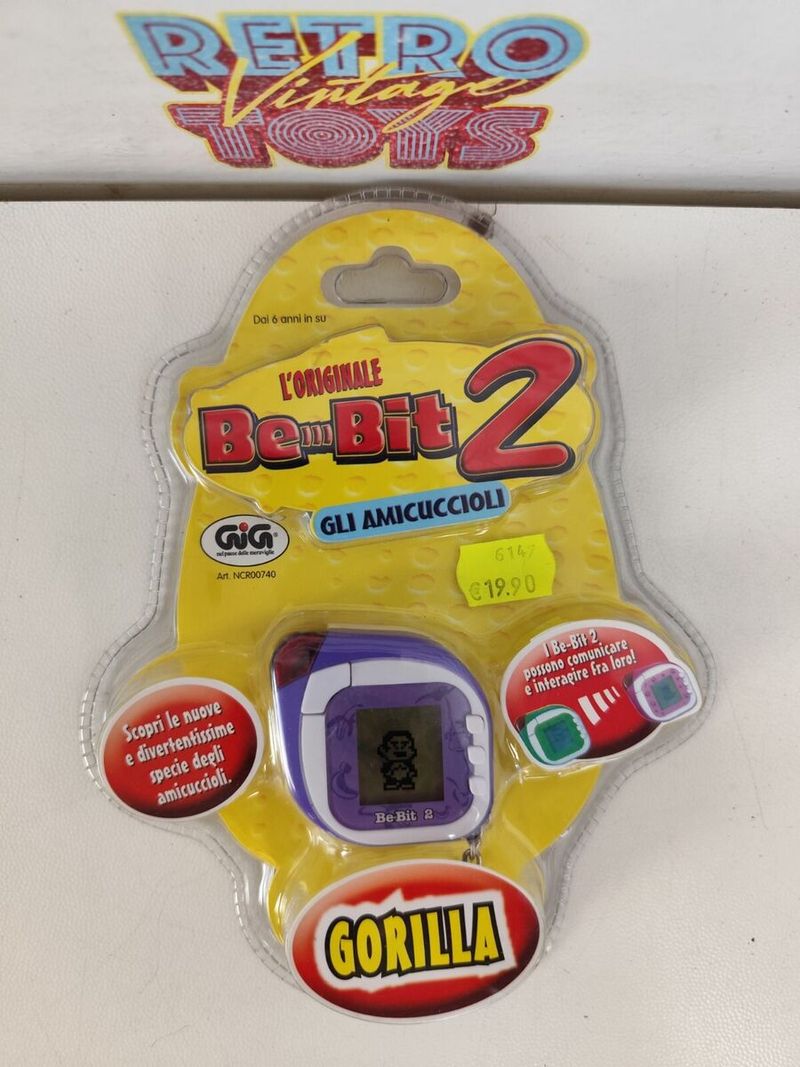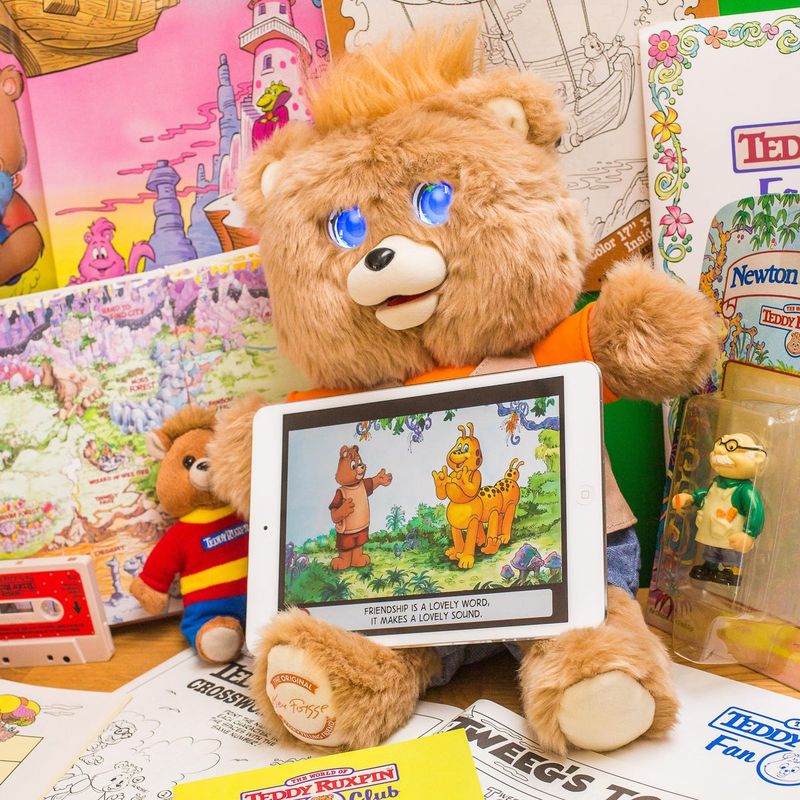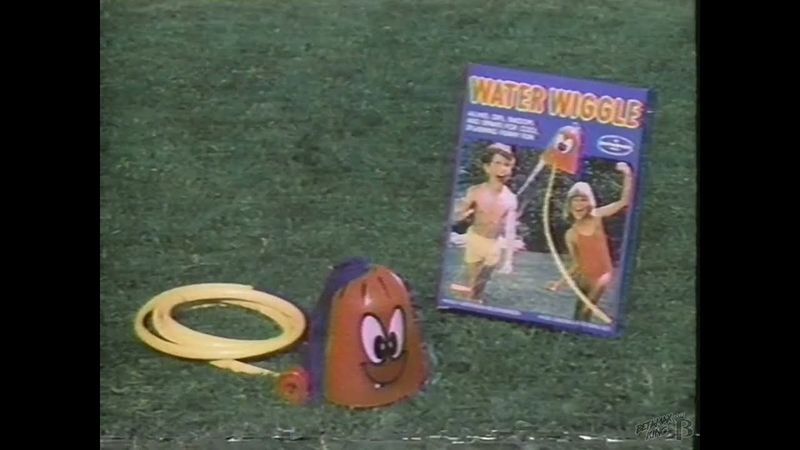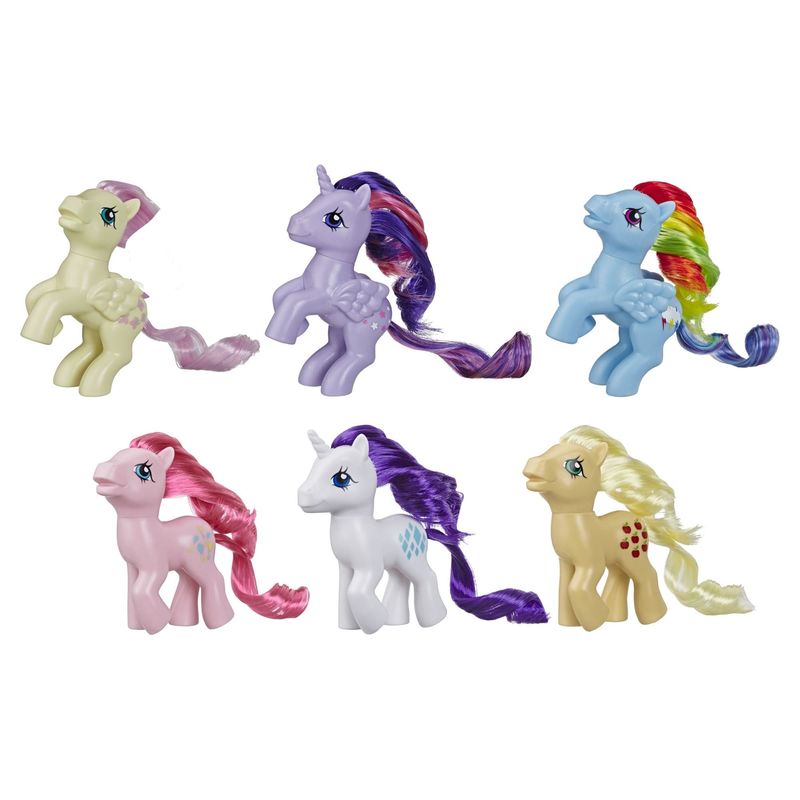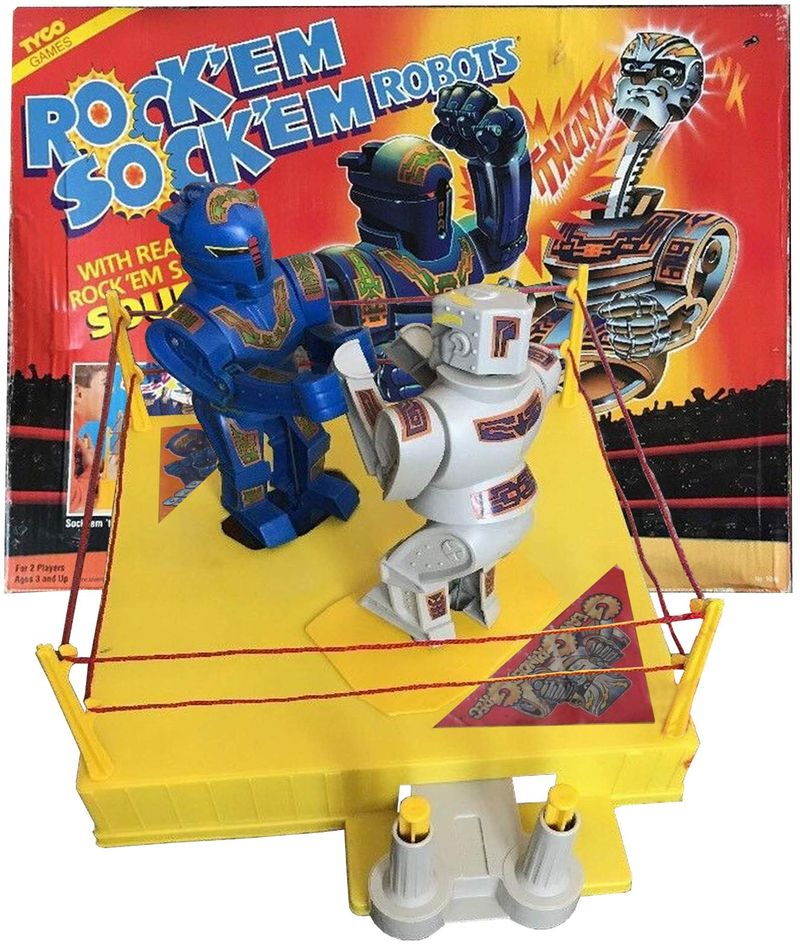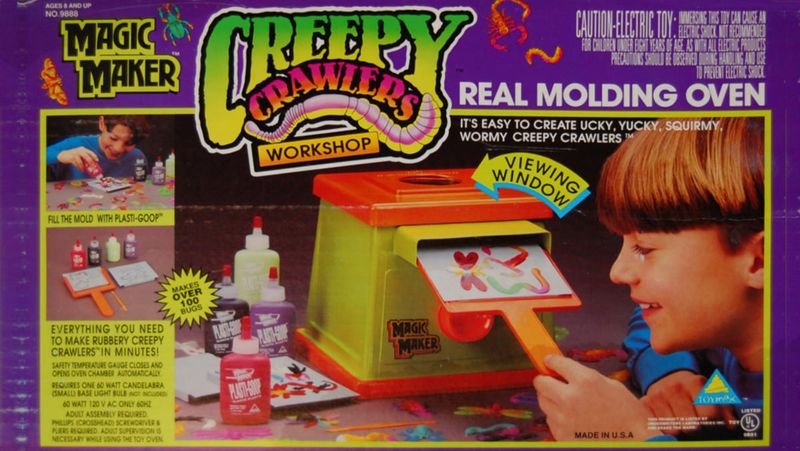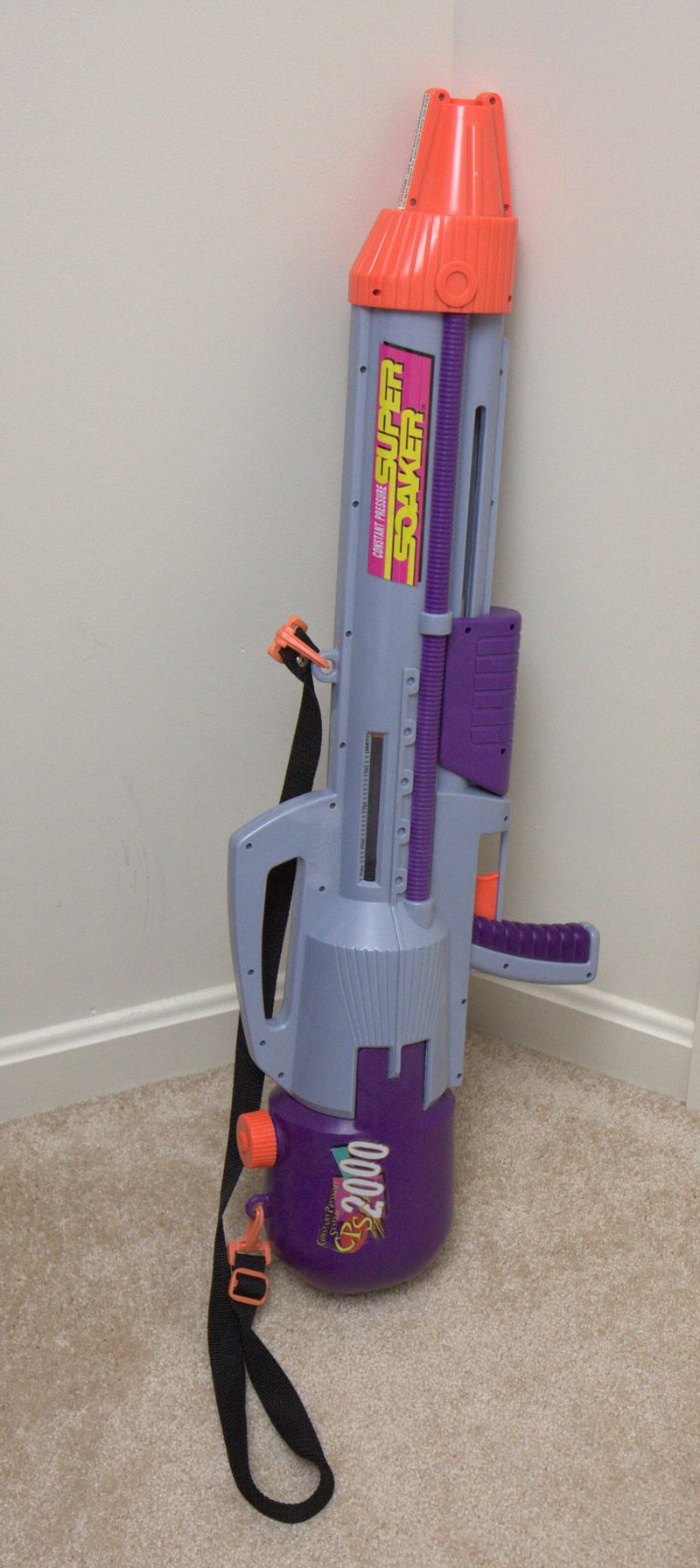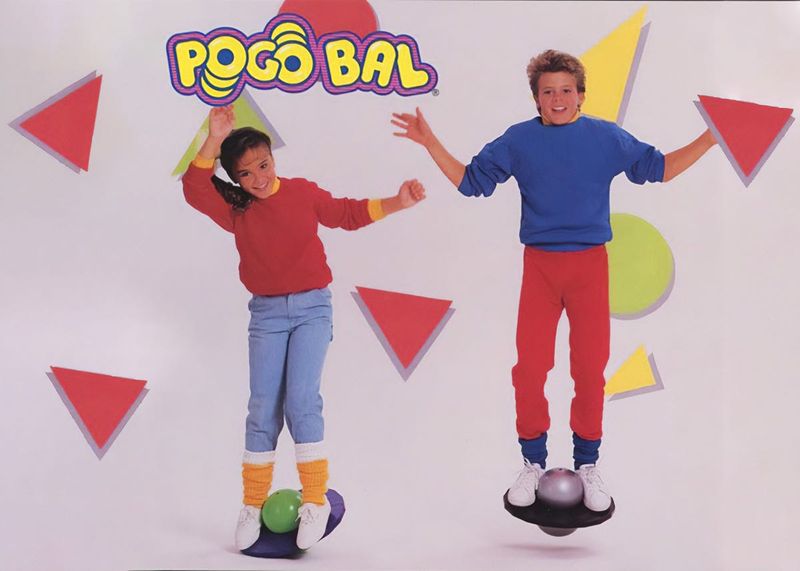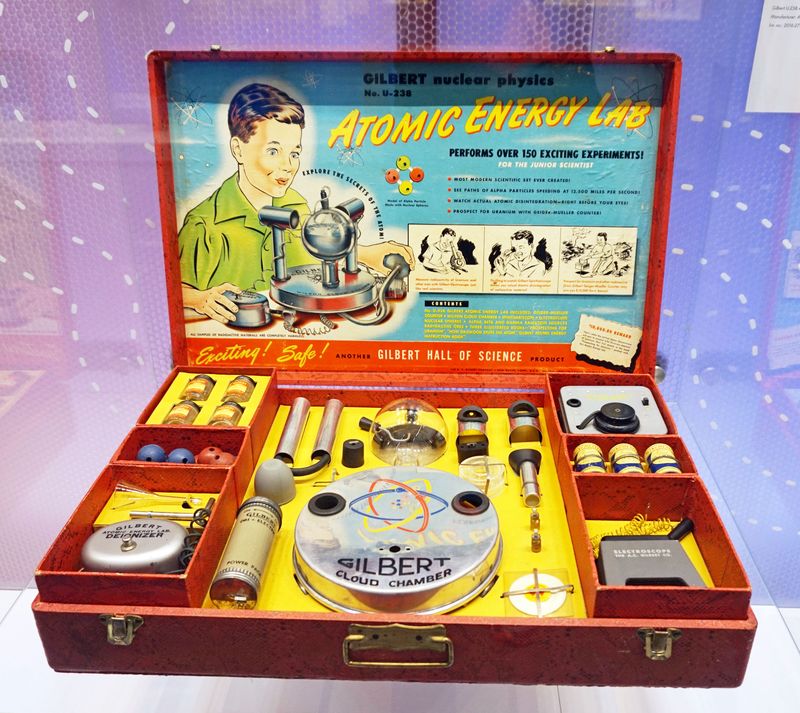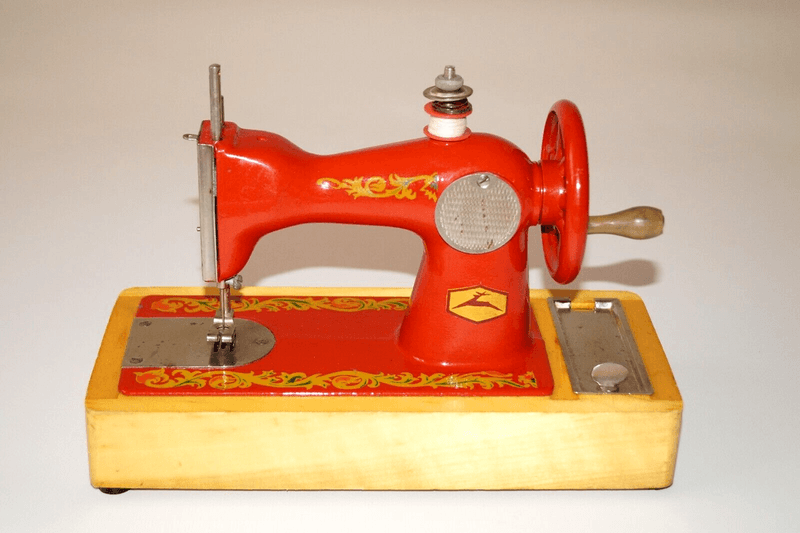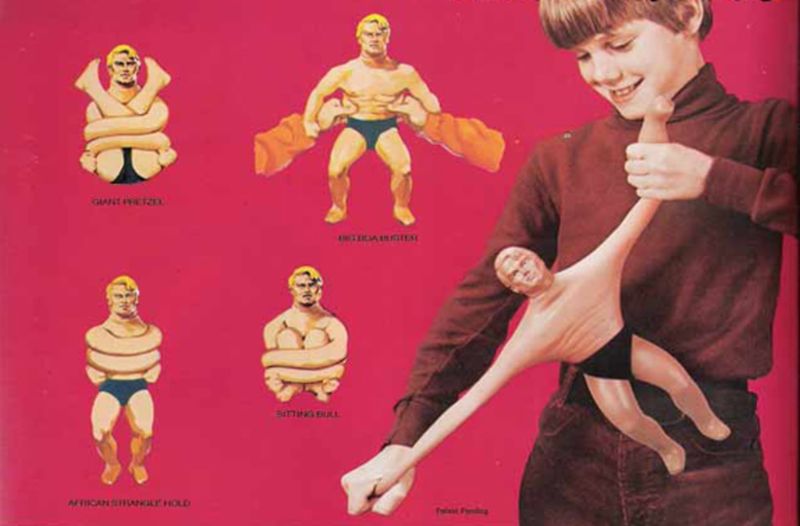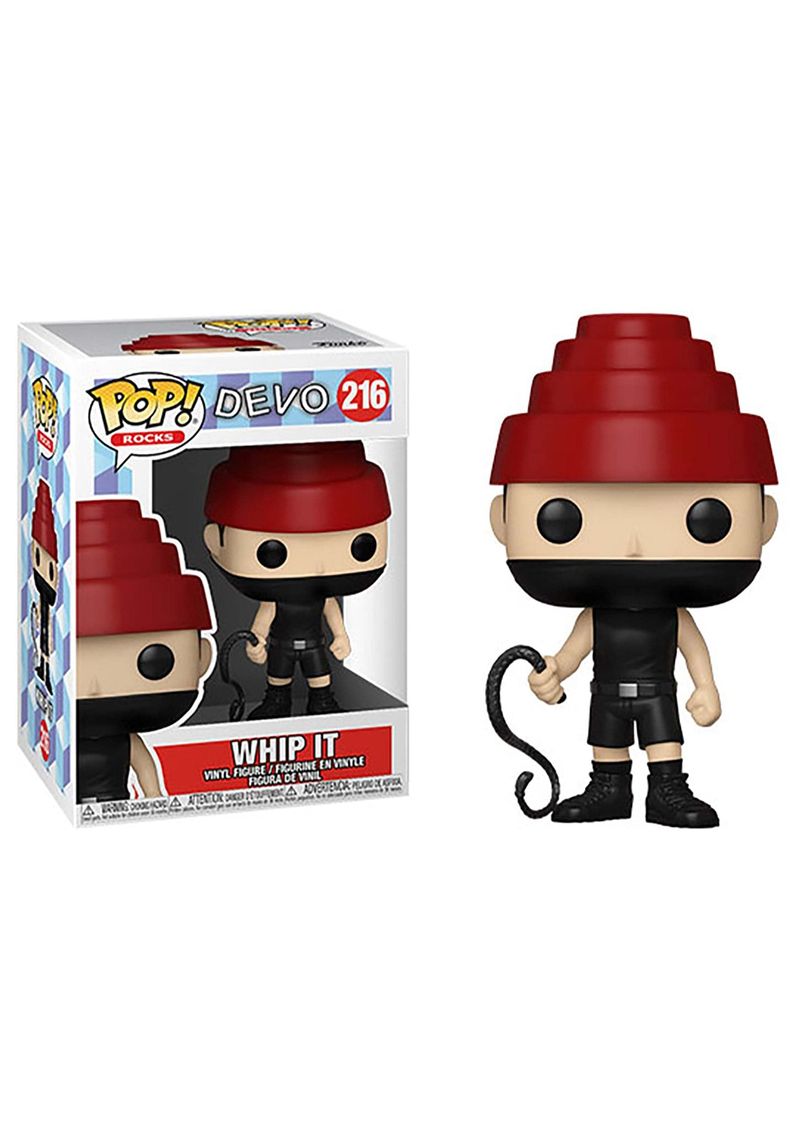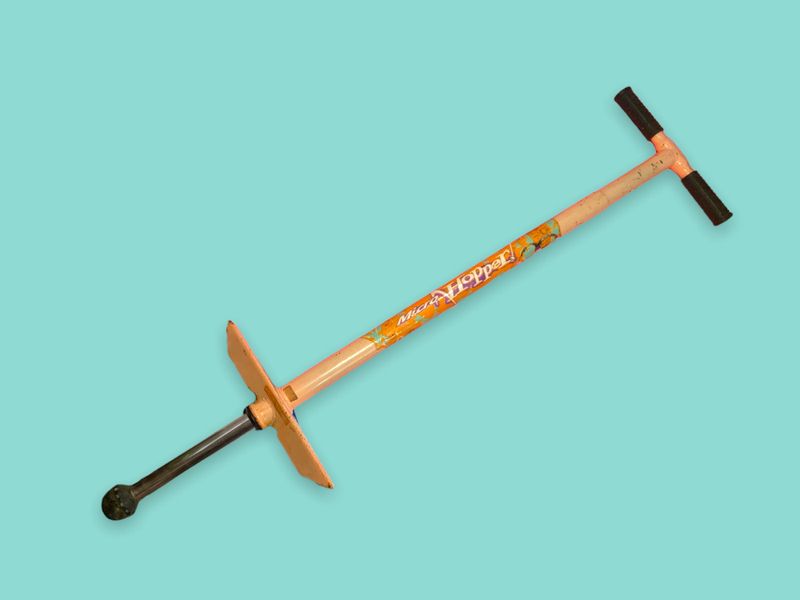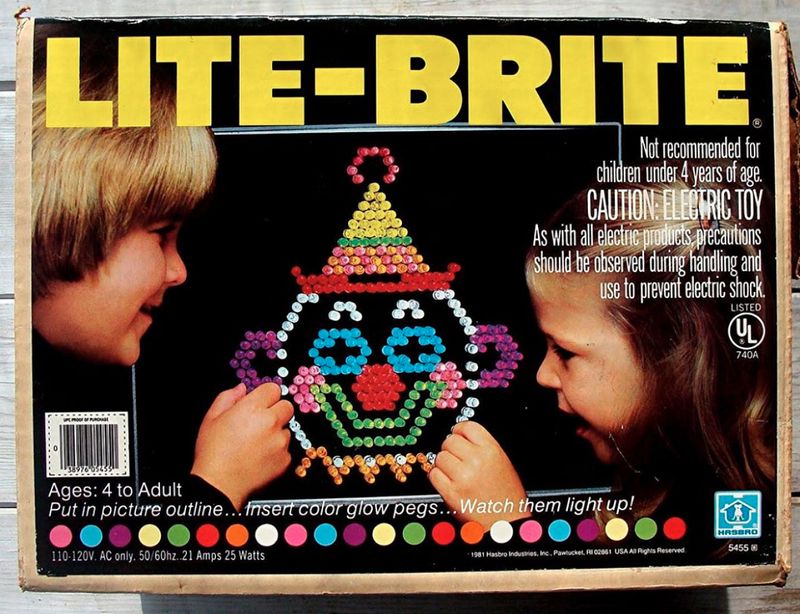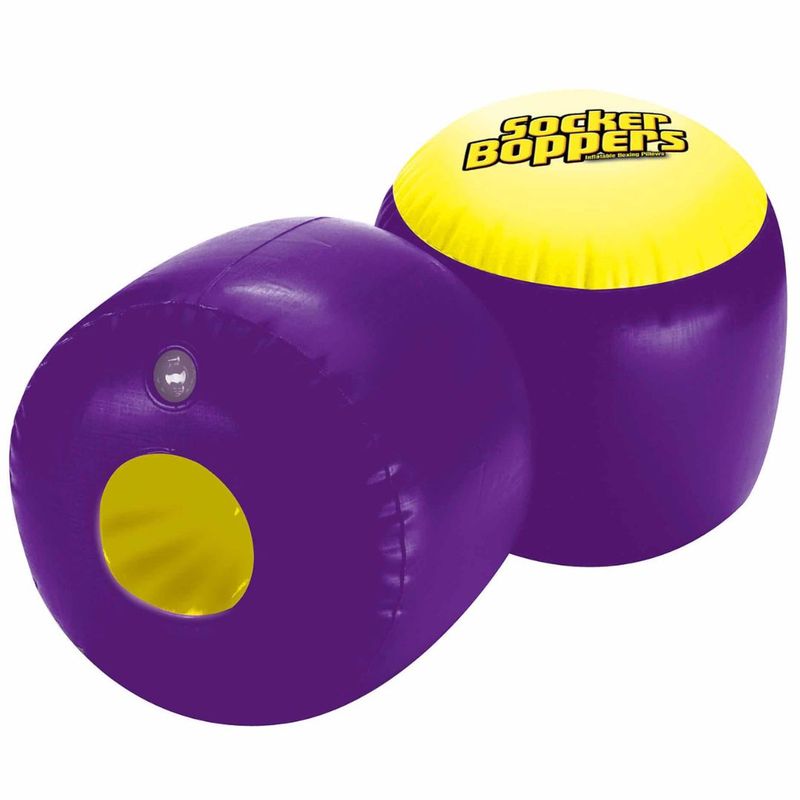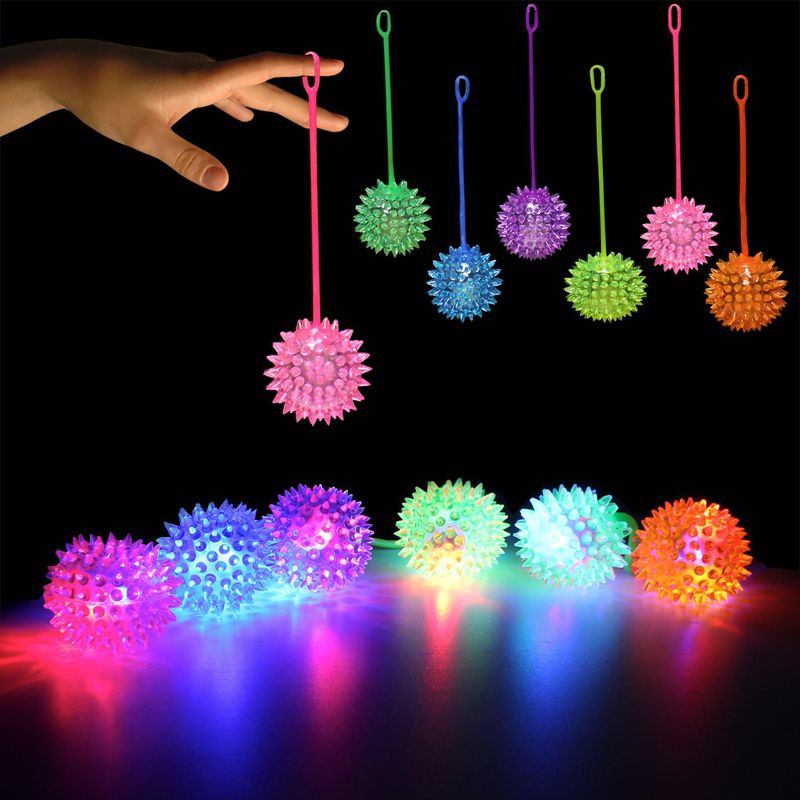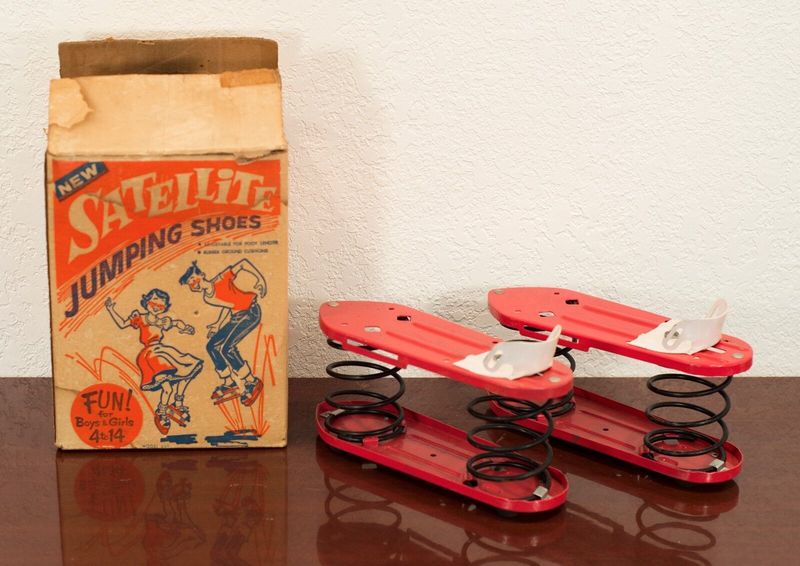The 1980s were a time of neon colors, big hair, and some truly questionable toys that, while beloved, would likely never pass today’s stringent safety standards.
These toys, often the centerpiece of playful nostalgia, charm us with their creativity yet horrify with their potential hazards.
Join us as we explore 30 such playthings, each a staple in its time, but now raising eyebrows for their lack of safety considerations.
1. Lawn Darts
Lawn darts, known for their heavy metal tips, were a staple of 80s backyard fun. These were essentially giant darts meant to be thrown into rings on the ground. However, the risk of injury was significant due to their weight and sharpness.
Accidents were not uncommon, leading to eventual bans in many countries. Despite their popularity, these projectiles posed a severe risk, especially to children.
Today, safety standards would never permit such a hazardous toy, demonstrating how far we’ve come in ensuring playtime safety.
2. Clackers
Clackers were made up of two acrylic balls connected by a string. The goal was to swing them up and down so they’d strike each other. While seemingly harmless, the balls could shatter upon impact, sending shards flying.
These toys required skill to use safely, and many children ended up with bruises or cuts from rogue clacker balls.
Modern safety tests would not approve of toys like clackers due to the potential for injury, reflecting growing awareness of toy safety.
3. Slip ‘n Slide
Slip ‘n Slides turned backyards into water parks, but they came with hidden dangers. The slick surface, combined with a running start, often led to hard falls or collisions.
Though exhilarating, the surface could become hazardous, especially for older children or adults attempting to join in the fun.
Today, considerations for safety might involve softer landings or controlled speeds, but in the 80s, the thrill overrode such concerns, making it a risky, albeit popular, toy.
4. Cabbage Patch Kids
Cabbage Patch Kids were hugely popular dolls, but they had their issues. Their heads were hard, and there were reports of injuries from children being hit accidentally.
Despite their appeal, the toys’ construction could lead to unintended mishaps. In several instances, the toughness of these dolls resulted in unexpected bumps and bruises.
While today’s plush toys focus on soft and safe materials, Cabbage Patch Kids remind us of a time when aesthetics often took precedence over safety.
5. Easy-Bake Oven
The Easy-Bake Oven allowed kids to bake tiny treats, but its heating element—a real light bulb—posed burn risks. The design didn’t always ensure that young fingers were kept safe from the heat.
While many children enjoyed playing chef, the toy had potential for burns if not used carefully. Much of its charm was its realism, but that same feature increased risk.
Today’s toy ovens are designed with better heat protection, but back then, the thrill of baking came with caveats.
6. Magnetix Building Sets
Magnetix Building Sets were the epitome of creative fun for kids who loved constructing imaginative structures.
These sets featured small, powerful magnets encased in plastic pieces that connected seamlessly. Their potential for endless creativity kept children engaged for hours.
However, the strong magnets posed significant swallowing hazards if the pieces broke apart. If ingested, the magnets could attract inside the intestines, causing severe injuries. Awareness of such risks was minimal then.
In today’s stringent safety climate, toys with small, powerful magnets are scrutinized heavily, ensuring children’s playtime remains safe and carefree.
7. Polly Pocket
Polly Pocket was loved for its compact playsets, but the small size of its accessories posed choking hazards. The tiny pieces were easy to lose, and even easier for small children to swallow.
Its appeal lay in its portability, yet this feature also made it potentially dangerous. While the toys were a hit, they required constant supervision.
Current standards for toys meant for young children would ensure larger, safer pieces, minimizing risks while maintaining fun.
8. Aquapet
Aquapets were interactive toys that responded to sound, encased in a plastic shell filled with water. While entertaining, they could leak or break, causing electrical components to be exposed.
These toys captivated children with their responsiveness, but their construction often raised concerns about durability and safety.
Today, safety standards would necessitate more robust manufacturing, ensuring no leaks or exposure to potentially harmful components, yet back in the 80s, the novelty often overshadowed these issues.
9. Sky Dancers
Sky Dancers were beautiful, fairy-like toys that launched into the air when a string was pulled. However, they often flew unpredictably and could cause injuries upon collision with people or objects.
Their charm lay in their flight, yet this same feature made them liabilities in confined spaces.
Modern toy standards might include safer launch mechanisms or padded edges, but in the 80s, the thrill of unexpected flight took precedence over predictability and safety.
10. Battlestar Galactica Missile Launcher
This toy featured small missiles that launched from a spaceship model. While exciting, these projectiles presented choking hazards and could potentially cause eye injuries.
The toy’s interactive element was its main attraction, but it also posed significant risks, especially to younger children.
Contemporary toys are designed with non-detachable or larger components to prevent such hazards, but in the 80s, the excitement of action-packed play often overshadowed safety.
11. Monster Face
Monster Face was a creative toy where kids could design their own monster features. However, the small parts were potential choking hazards, and the gooey substances included were sometimes allergens.
Children loved the hands-on play, but these same features could prove dangerous if not monitored closely.
Today’s toy industry would likely eliminate such small, detachable pieces or ensure they are non-toxic, but back then, the focus was more on creativity than safety.
12. Power Wheels
Power Wheels offered kids the thrill of driving their own vehicles, but the early models often suffered from battery issues, leading to sudden stops or overheating.
While exhilarating, these mini cars required careful supervision and maintenance to prevent accidents or malfunctions.
Modern versions are equipped with better safety features and battery technology, but the initial excitement they provided was often tempered by concerns over reliability and safety.
13. Micro Machines
Micro Machines were miniature cars that delighted many with their detail and variety. However, their small size was a choking hazard, especially for younger siblings.
The appeal of collecting these tiny vehicles was immense, but they required vigilance to ensure they didn’t end up in mouths.
Today’s standards would ensure toys are large enough to prevent such dangers, but back then, the focus was on intricacy and collectability.
14. Tamagotchi
Tamagotchis were digital pets that needed constant care through their small screens. While not dangerous physically, they often demanded attention at inconvenient times, causing distractions.
Their addictive nature was concerning, leading to situations where children became overly attached or distracted from real-world activities.
Modern digital toys might balance engagement with real-life interactions, but during their peak, the focus was on round-the-clock digital companionship, sometimes at the cost of safety.
15. Teddy Ruxpin
Teddy Ruxpin was a storytelling bear with a built-in cassette player. Issues arose when the tapes or mechanisms failed, sometimes pinching fingers or causing frustration.
The novelty of having a talking teddy bear was immense, yet the mechanical complexity sometimes led to minor injuries or mechanical breakdowns.
Today’s toys might use safer, digital alternatives for storytelling, ensuring that children enjoy their tales without risk of harm.
16. Water Wiggle
The Water Wiggle attached to a hose and sprayed water unpredictably, offering lots of fun but also surprises that could lead to falls or bumps.
The chaotic movement was part of its appeal, yet this unpredictability also meant that children could get hurt if caught off guard.
Today’s water toys might include more controlled sprays or safety features, but back in the 80s, spontaneous fun often trumped carefully planned safety.
17. My Little Pony
My Little Pony toys, while beloved, had hair accessories that sometimes posed choking risks. Their small combs and brushes could easily be swallowed by younger children.
The charm of grooming and personalizing these ponies was strong, yet it required care to ensure safe play environments.
Modern toys might ensure that accessories are larger and safer, but in the 80s, the focus was often on creativity and customization, sometimes at the expense of safety.
18. Rock ‘Em Sock ‘Em Robots
These battling robots were fun, but their fast-moving parts could pinch or cause jams if not handled properly. The excitement of combat sometimes led to over-enthusiastic play.
Children loved the competitive aspect, yet their fingers needed to be kept clear of moving parts to avoid minor injuries.
Today, toys like these would come with guards or smoother motions, but in the 80s, the thrill of the match often outweighed cautionary measures.
19. Creepy Crawlers
Creepy Crawlers allowed kids to make rubbery insects using heated molds. The heating element could cause burns if not used cautiously.
The joy of creating creepy creatures made them a hit, but the real heat involved required adult supervision to prevent accidents.
Modern equivalents would have more safety features, ensuring that the enjoyment of crafting didn’t come with the risk of burns or mishaps.
20. Super Soaker
Super Soakers revolutionized water fights with their powerful streams. However, the high pressure could sometimes cause discomfort or minor injuries from close range.
The fun of soaking friends was undeniable, but caution was necessary to prevent mishaps during play.
Today’s water toys might balance power with safety, but in their heyday, Super Soakers were all about maximum impact, sometimes leading to unintended consequences.
21. Pogo Ball
The Pogo Ball was a balance and jumping toy that required skill to use safely. Falls were common as kids tried to master this bouncy contraption.
The challenge of staying upright made it exciting, but the risk of tumbles was ever present, requiring caution.
Modern iterations might include stability aids or softer landings, but back then, the lure of the challenge often outweighed safety considerations.
22. Atomic Energy Lab
The Atomic Energy Lab was marketed as an educational toy aimed at budding young scientists. It included real radioactive materials, intended to teach children about radioactivity and nuclear reactions. This lab kit promised an engaging way to learn complex scientific principles.
Despite its educational intent, the toy’s inclusion of hazardous materials exposed children to potential radiation risks. Handling these substances without proper safety measures was a significant oversight.
Modern safety standards would never allow such risky exposure, prioritizing child safety over educational value in toys.
23. Sewing Machines Toy
Toy sewing machines mimicked real ones but often lacked safety features, leading to potential finger injuries. The needles could cause harm if not used properly.
Young aspiring tailors had to be careful, as the realism came with genuine risks of pricks or jams.
Modern versions prioritize safety, incorporating guards or slower speeds, but in the 80s, the authentic experience often overshadowed safety measures.
24. Stretch Armstrong
Stretch Armstrong was a toy that could be pulled and stretched in various directions. However, if punctured, the goo inside could leak, causing a mess and potential skin irritation.
Kids loved the stretchy fun, yet parents had to be wary of leaks, especially if the toy was overused.
Today’s toys might use safer, non-toxic materials, ensuring that the appeal of stretch doesn’t come with additional risks.
25. Pop Rocks
Pop Rocks offered an explosive candy experience, but urban legends about choking or mixing with soda causing harm made parents wary.
The popping sensation was thrilling, yet it required kids to heed warnings to avoid mix-ups that could lead to discomfort.
While perfectly safe if consumed as intended, the myths surrounding them caused concern, reflecting how perceptions of safety can influence toy and food fads.
26. Pogo Stick
Pogo sticks offered bouncing fun, but falls were common, especially for beginners. Maintaining balance was a challenge that sometimes led to tumbles.
The excitement of jumping around was undeniable, yet it demanded skill and caution to avoid mishaps.
Today’s versions might have ergonomic designs or safety features, but in the 80s, the thrill of the bounce was often prioritized over safety.
27. Light Bright
Light Brights allowed kids to create glowing images, but the small pegs were easily lost and could be choking hazards if swallowed by younger children.
The joy of designing illuminated art was high, yet the risk of small parts demanded vigilance.
Modern toys might ensure larger, safer components, but back then, the focus was on creativity, sometimes at the expense of safety.
28. Socker Boppers
Socker Boppers were inflatable boxing gloves for children. While they promised soft hits, overly enthusiastic play could still result in accidental injuries.
The fun of pretend boxing was immense, but parents had to ensure that play didn’t get too rough.
Today’s toys might include more padding or safer play guidelines, but in the 80s, the emphasis was on active fun, sometimes at the cost of minor bumps.
29. Yo-Yo Water Ball
Yo-Yo Water Balls were filled with liquid, offering a unique bounce. However, if punctured, the liquid could spill, potentially causing slippery surfaces and minor messes.
Children enjoyed the tactile sensations, yet needed to be cautious of leaks and the resulting slick spots.
Modern equivalents might ensure better containment of contents, reflecting growing toy safety awareness.
30. Bouncing Rocket Shoes
Bouncing Rocket Shoes were an adventurous kid’s dream, combining the thrill of bouncing with the illusion of rocket-powered speed. Featuring vibrant colors and spring-loaded soles, they promised excitement.
Children strapped them on with the hope of jumping higher and running faster than ever before. However, the lack of proper ankle support and the risk of slipping made them a recipe for mishaps.
Parents often found themselves nervously watching as their little ones bounced around the yard, anticipating both laughter and potential falls. Despite the risks, these shoes were a symbol of unbridled childhood joy.

